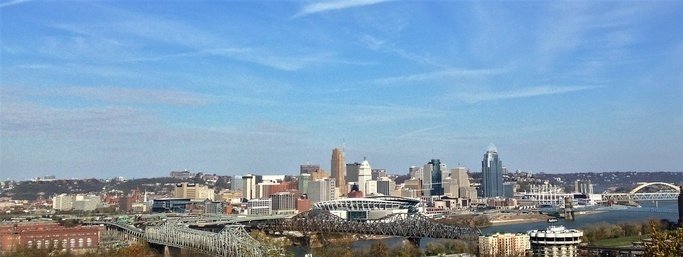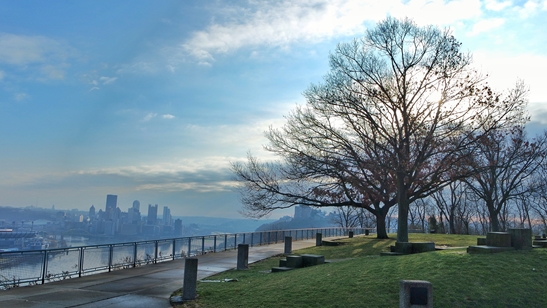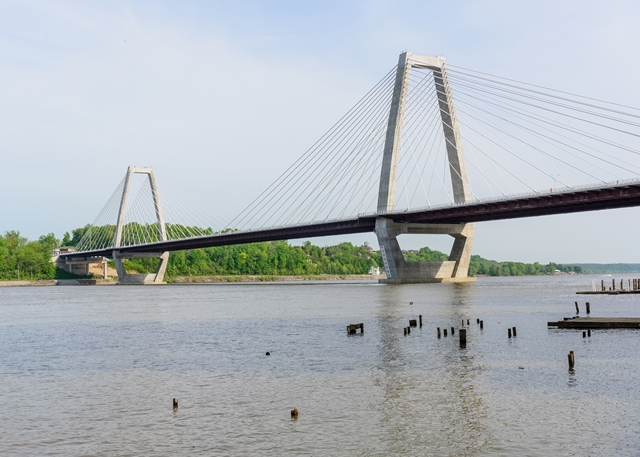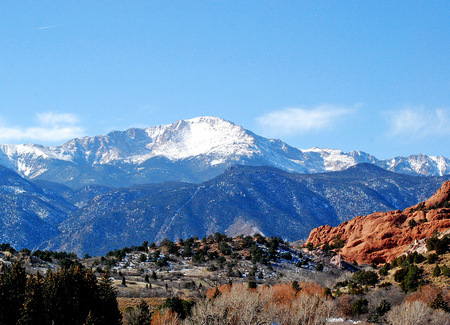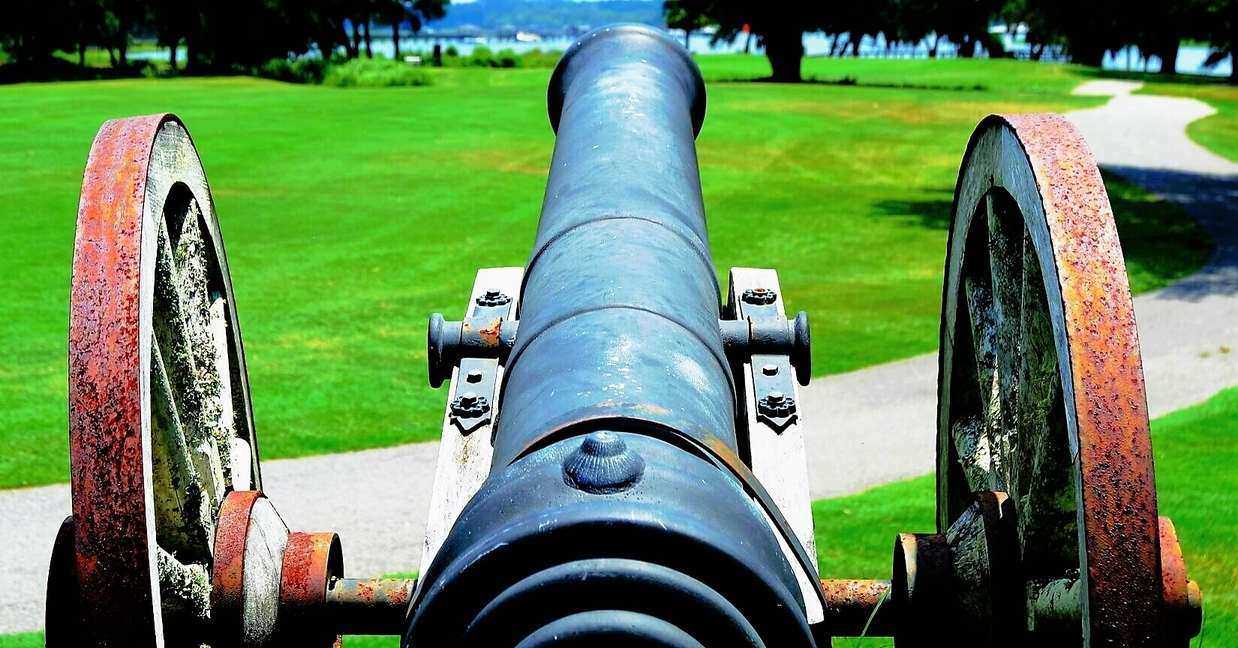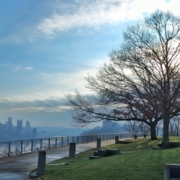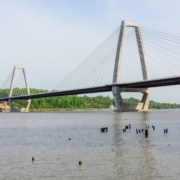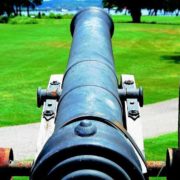Caught-Between Hazards
Why are caught-between hazards important?
A caught in/under/between is an incident where a part of the worker’s body is squeezed, pinched or crushed in machinery. The employee has placed himself between a mobile and an immovable object; the stationary object usually is the winner.
What is a caught-in or -between hazard?
A caught-in or – between hazards are defined as: Injuries resulting from a person being squeezed, caught, crushed, pinched, or compressed between two or more objects, or between parts of an object. This includes individuals who get caught or crushed in operating equipment, between other mashing objects, between a moving and stationary object, or between two or more moving objects.
What are common types of caught-in or -between hazards in construction?
Machinery that has unguarded moving parts, such as digging or drilling equipment that can cause caught-in or – between incidents. When machines or power tools are not properly guarded, workers can get their clothing or parts of their body caught in the machines. Pinning the worker between parts of rotating machinery and stationary objects occur too often. Being buried by collapsing dirt or soil can quickly immobilize a worker. Workers can be trapped and crushed under heavy equipment that tips, especially if they are thrown from the equipment.
How can I protect myself from caught-in or -between hazards?
- Use machinery that is properly guarded.
- Do not place yourself in a location that is not easily seen by others.
- Use other methods to ensure that machinery is sufficiently supported, secured or otherwise made safe.
- Protect yourself from being pinned between equipment, materials, or other objects.
- Protect yourself on excavation sites.
Fatal Facts
Four employees were boring a hole and pushing a 20-inch pipe casing under a road. The employees were in an excavation approximately 9 feet wide, 32 feet long and 7 feet deep. Steel plates 8′ × 15′ × ¾”, being used as shoring, were placed vertically against the north and south walls of the excavation at approximately a 30 degree angle. There were no horizontal braces between the steel plates. The steel plate on the south wall tipped over, pinning an employee (who was killed) between the steel plate and the pipe casing. At the time the plate tipped over, a backhoe was being operated adjacent to the excavation.
Disclaimer: The information and suggestions contained in these safety talks are believed to be reliable. However, the authors of the topics and the owners of this web site accept no legal responsibility for the correctness, sufficiency, or completeness of such information or suggestions contained within these topics. These guidelines do not supercede local, state, or federal regulations and must not be construed as a substitute for, or legal interpretation of, any OSHA regulations.


